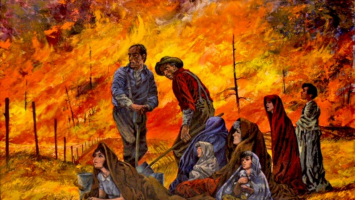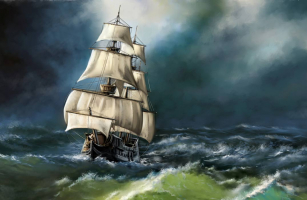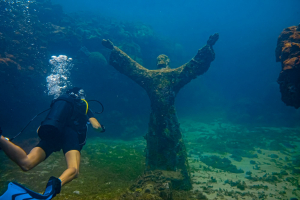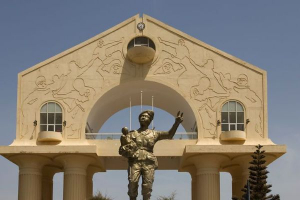Top 10 Historical Publicity Stunts That Backfired Miserably
As long as there has been attention, people have loved receiving it. The primary purpose of the publicity stunt is to do this, and when it succeeds, it can ... read more...entertain thousands of people. But when things go wrong, they may go horribly wrong. Here are some Historical Publicity Stunts That Backfired Miserably.
-
You invite anarchy whenever you assemble a crowd of sports fans in an arena and ask them to destroy property. Which takes us to July 12, 1979, the "Night That Disco Died." Fans of the Chicago White Sox were urged to bring disco records to the stadium with the intention of burning them there. This rapidly sparked rioting and madness.
As you may know, disco wasn't popular with everyone in the 1970s. Many rock enthusiasts believed this new music would somehow infringe on their favorite music, that it wasn't music at all, and that it needed to be stopped, just like in the 1990s when rap started to gain popularity. At one point or another, rock 'n' roll itself, heavy metal, dubstep, and even.
An established DJ who was sacked from one station after it changed its format to disco planned the event. Anyone attending a game for 98 cents had to bring a disco record, and the records would be blown up in the middle of a doubleheader. Approximately 48,000 tickets were sold for the full stadium. However, 20,000 people remained outside.
Throughout the game, fans hurled records onto the field. Although a crater was blown into center field, the demolition proceeded as anticipated. Then, everything went to hell. Cherry bombs and alcohol were being thrown by people. Thousands of people poured onto the field in a frenzied surge. They leaped 40 feet from the stands, setting banners ablaze in the process. While those on the outside stormed the gates, an estimated 7,000 of them took to the field. The Sox had to surrender the game by the time the riot police vacated the field, and the promotion was remembered as one of the worst blunders in history.
https://www.chicagomag.com/ 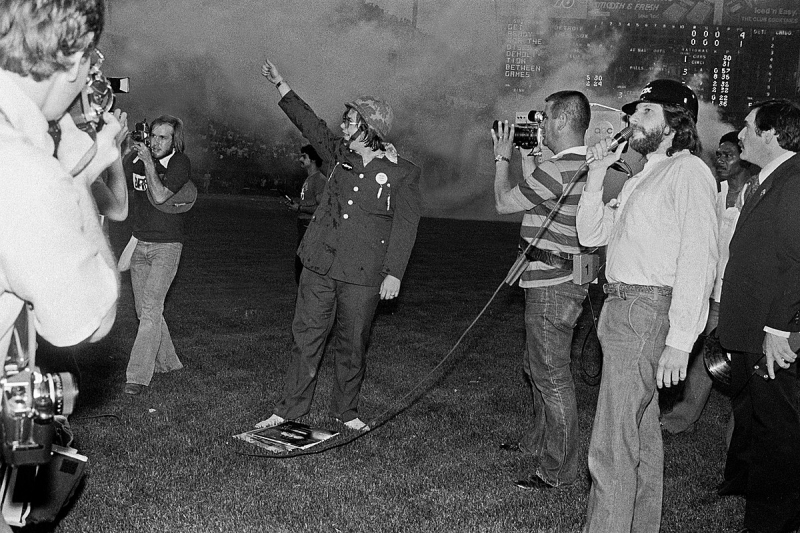
https://ultimateclassicrock.com/ -
The wooden timbers of the Temple of Artemis were set on fire in the year 356 BC by a man by the name of Herostratus. It would have been quite a spectacle even today, much less over 2000 years ago, at about 400 feet long, 150 feet broad, with 40 foot columns, and constructed almost entirely of marble.
Herostratus just lit the wooden roof beams on fire because he wanted to be known as the person who destroyed it. What about Herostratus? We are unsure. He might have been a slave or a peasant. He was sentenced to condemnation of memory, which is a form of punishment, rather than just execution for the conduct. After that, not even his name could be said. His name has undoubtedly remained, but no one knows who he was; as a result, the recognition he sought—his sole motive for the stunt—remains elusive years later.
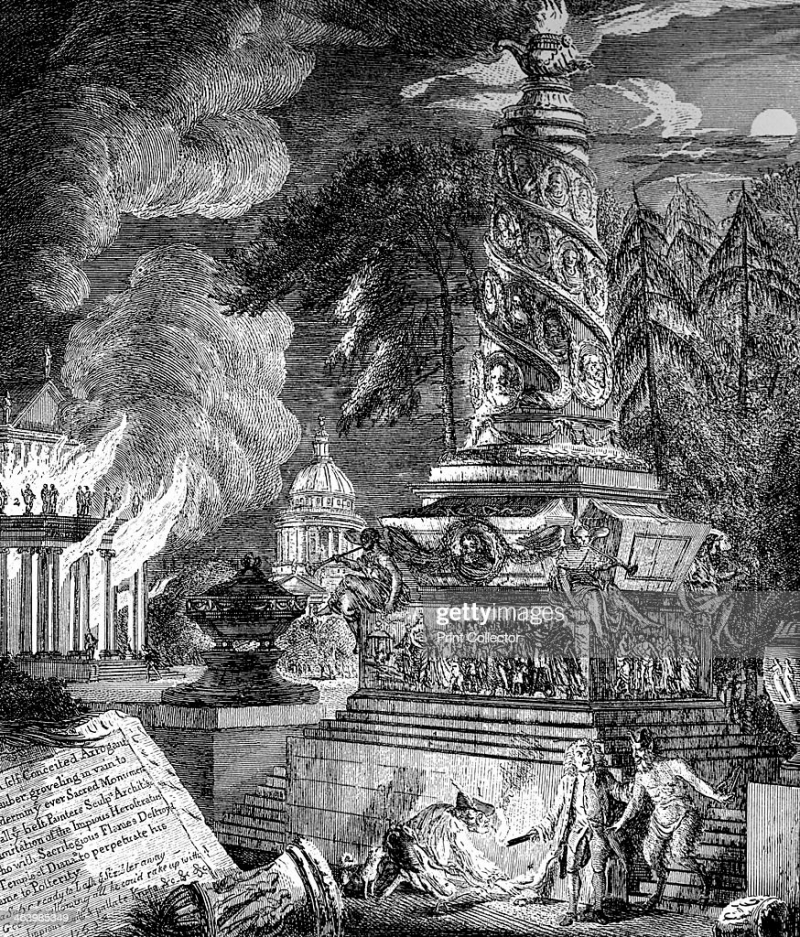
https://www.gettyimages.com 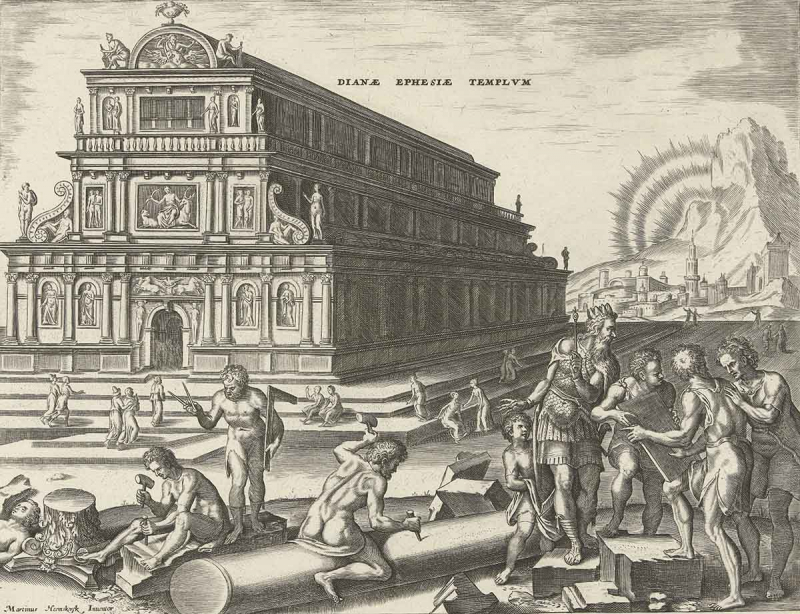
https://www.historytoday.com/ -
Give people what they want for a very low cost if you want to get a lot of attention. Make that item alcoholic if you want things to go ugly. When the Cleveland Indians attempted 10 Cent Beer Night in 1974, that is what transpired.
Cleveland was fighting back from a 5-3 deficit against the Texas Rangers in the eighth inning. But by that point, a lot of 10 cent beers had been consumed, and the fans' patience had run dry. Even though Cleveland had a chance to win and two runners on base, inebriated sleaze took over. As inebriated spectators attempted to take right fielder Jeff Burroughs' hat, he was knocked to the ground. Billy Martin, the manager of Texas, led the rest of his team onto the field while brandishing bats.
Fans started to swarm the field. Mike Hargrove was struck in the head with a beer bottle. Chairs struck others. The unrest had started. The 50 security personnel on site had no hope of keeping things under control with 60,000 beer cups sold to 25,000 people. The Indians lost by forfeit after twelve fans were detained.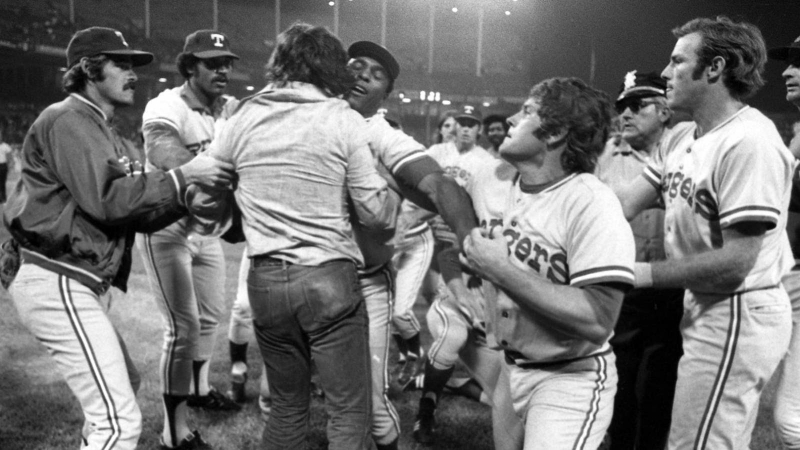
https://beerposter.blogspot.com/ 
https://www.reddit.com/ -
Contestants in reality TV game shows are frequently pushed to the limit. You are required by Survivor to live in a remote area for one month. Contestants on Fear Factor performed death-defying stunts. But all of this is intended to be done with expert supervision. There is never any actual risk. Unless it is, that is. The Late Late Breakfast Show allowed audience members to attempt to replicate Hollywood feats without any prior training in the early to mid-1980s for British audiences.
Unemployed construction worker Michael Lush was supposed to pull off a stunt in which he bungee jumped from a container dangling 100 feet in the air. Instead, in front of the rest of the audience, Lush collapsed to the ground and passed away from his wounds. The bungee was not correctly fastened. Nobody with any experience in stunt work had been in charge of it. Just a few days later, the show was canceled.

http://www.bbc.co.uk -
Juliet Prowse, a dancer, was well-known for both her legs and her dancing. The fact that she was bitten by the same jungle cat twice, on utterly unrelated dates, was perhaps what made her famous. Prowse was practicing for the performance of Circus of the Stars when a leopard bit her neck. According to Patty Mayberry, a representative for Saint Joseph Medical Center, Prowse, 51, was just slightly hurt in the second attack, just below the neck and behind the left ear.
The statement stated that she was receiving treatment at the hospital Wednesday night. According to Dan Jenkins, a spokesman for "Circus of the Stars," the leopard, an 80-pound female named Sheila, rushed at Prowse's neck after the dancer turned her head while it had its front paws on her shoulders. The situation sounded more serious than it actually was, and after the initial assault, she appeared to be alright. Five stitches total! However, that was the first assault.
The Tonight Show contacted Prowse to perform a promotional stunt because having a near-death experience is entertaining. The same leopard would be used in a reenactment of the incident. Then it occurred again, although this time the cat bit off her ear, necessitating surgery to reattach it.

https://www.pictorialpress.com 
https://www.pictorialpress.com -
It was a major deal for some people when Nintendo released the Wii and entered the console competition. In fact, it was such a huge deal that a contest to win a brand-new Wii hosted by KDND radio in California ended in a fatality. Hold Your Wee for a Wii was a really simple competition. The winner would be the person who drank the most water without using the restroom. The station ignored a nurse's call to alert them that the competition was hazardous.
In an effort to beat the system, Jennifer Strange drank more than two gallons of water in three hours. She sobbed all the way home and complained about her headache. Two years later, a jury awarded the radio station $16.5 million in damages. On air, the DJs made light of the potential for overhydration, with one joking that it couldn't happen. Ten workers were let go.

http://www.fanpop.com/ 
https://www.nintendo-europe.com/ -
American actor, comedian, and stunt performer Harold Lloyd had numerous appearances in silent comedies. Between 1914 and 1947, Lloyd, one of the most important silent film comedians, produced approximately 200 comedic pictures, both silent and "talkies." His bespectacled "Glass" figure was a resourceful, aspirational go-getter who embodied the American spirit of the 1920s.
History has demonstrated that when safety procedures are not properly observed, risky antics can become fatal. Just consider Brandon Lee's unfortunate situation on the Crow set. A marketing stunt gone bad caused silent cinema star Harold Lloyd to suffer a catastrophic injury years earlier.
He worked hard to launch his career before becoming a silent film legend. He was taking some advertising shots in 1919. There was a crate of props in the studio that contained prop bombs. Nobody discovered that some of those bombs weren't fakes but rather items that were dumped from an earlier movie because they were too dangerous. In essence, they were fake bombs that someone had made. One of the bombs was delivered to Lloyd for his photographs. He held it for photographs after lighting it with his own cigarette. When it burst, it blew off the middle of his right hand.

https://www.listal.com 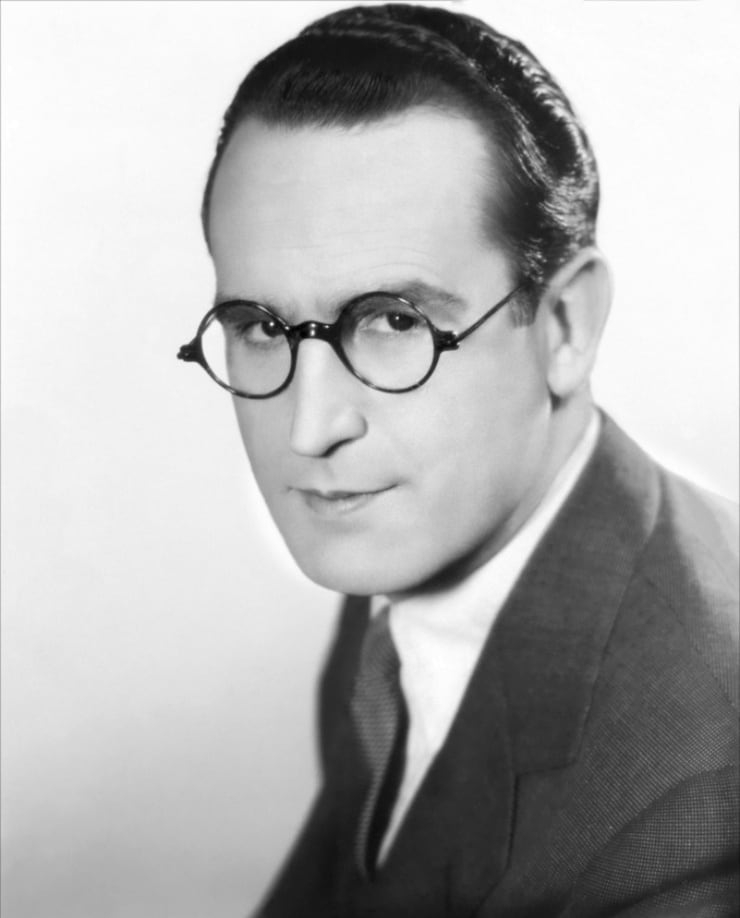
https://www.listal.com/ -
With a history of using contentious methods, Greenpeace has been trying to change the world since 1971 by opposing nuclear bomb tests, deforestation, overfishing, and other issues. Although they aim to protect the environment, their members have a history of being overly enthusiastic and have come under fire for being careless, among other things. And when they chose to execute a publicity stunt by traveling to the well-known Peruvian Nazca lines during a symposium on climate change, they wound up harming the 1,500-year-old UNESCO World Heritage Site.
The hummingbird-shaped lines, which were created by removing stones and leaving behind dirt of a distinct color, were kept for centuries by the arid environment. Access to the area is strictly controlled, and you require special shoes to even approach them without disturbing the ground. Not Greenpeace, though. Instead, they erected "Time for Change" banners inside the lines.
Greenpeace said they had followed all rules to protect the site until drone footage was released, revealing they had done nothing to protect it. The Peruvian authorities worried the cables were irrevocably damaged. When they were exposed, they apologized. After searching for the perpetrators for a number of years, at least one activist received a probationary sentence and a $200,000 fine.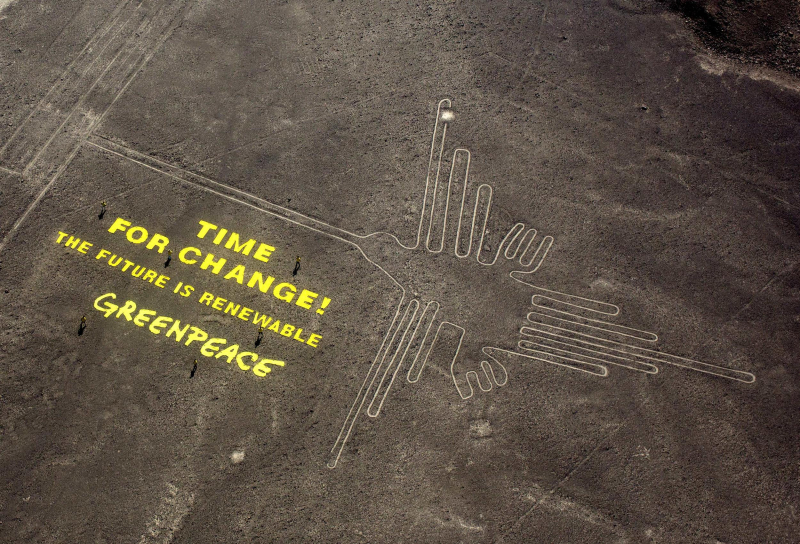
http://www.nbcnews.com/ 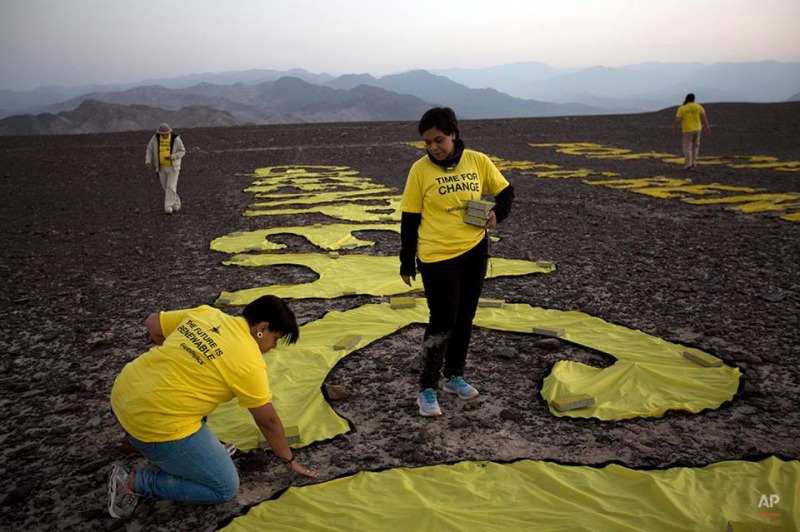
https://www.neogaf.com -
Doing something bigger than anyone else has ever done, it is still one of the best methods to get attention in today's society. If you break a global record, you'll undoubtedly trend on social media for a day. Although social media didn't exist in 1986, the concept remained the same, and 1.5 million helium balloons could be released in downtown Cleveland and still garner some media attention.
For their annual fundraiser, the United Way of Cleveland did exactly that to get some notice. A few thousand people attended, and many pictures were taken as the multicolored swarm of balloons took off from the city's center. However, science then developed. Since balloons can't float in the air indefinitely, 1.5 million of them eventually had to crash to the ground.
The balloons were immediately knocked back to earth by a cold front, and numerous cars were totaled while attempting to dodge them. Balloons forced the Burke Lakefront Airport to close one of its runways. When their horses panicked, a farmer's horses suffered severe injuries, and he sued the charity. The two men's boat capsized in an accident on Lake Erie, which is the most serious of all. The rescue effort was slowed down by the Coast Guard's difficulty navigating all the floating balloons. Both boaters perished.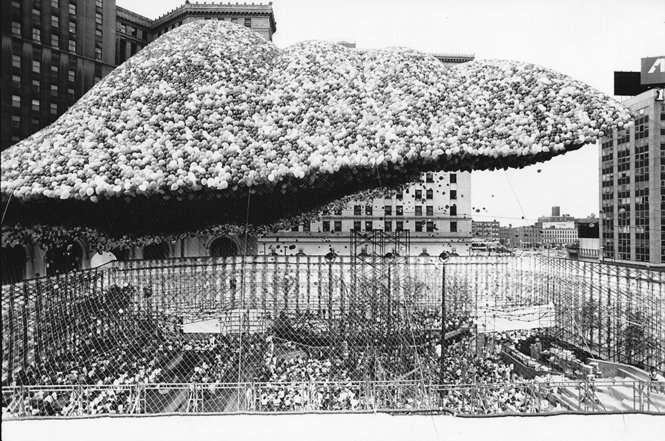
http://www.rondeaucottagers.ca/ 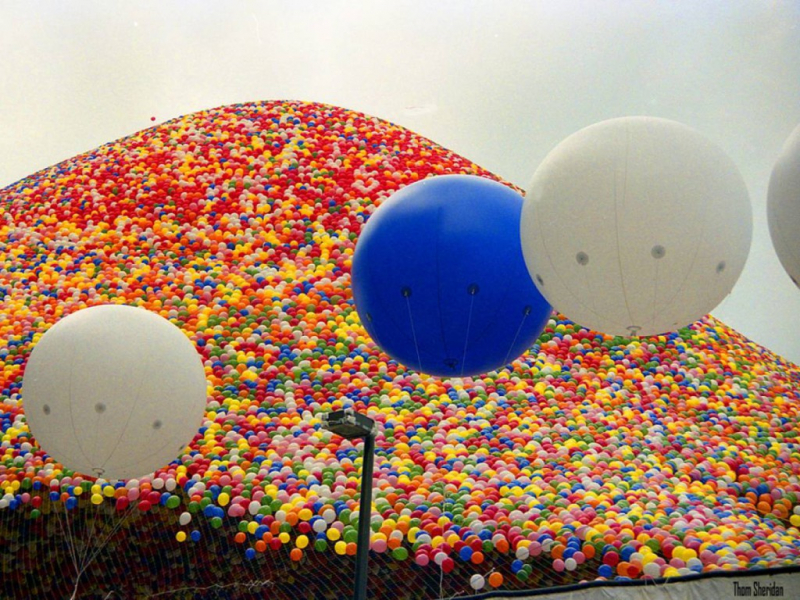
https://www.thevintagenews.com/ -
What would someone have to arrange in 1896 to gather 40,000 people to a remote Texas location? That inquiry was answered by William George Crush, who also had a part in the historical incident that became known as the Crash at Crush. For one day only, Crush, Texas—the location of an incredible show that Crush the man planned to put on—became one of the biggest cities in Texas. He caused two locomotives to race toward one another on the same track, resembling a crude demolition contest.
The ruse was intended to promote train travel and increase ticket sales. The 40,000 onlookers were set up close to the expected crash site and were playing games and drinking lemonade. Six boxcars were towed by each train, which traveled at a top speed of 50 miles per hour. The collision would have had a force of between one and two million pounds. Each locomotive's boiler blew up, sending shrapnel flying into the throng. A dozen additional people suffered critical injuries, leaving three people dead. Crush made the business money despite the mayhem, so he was dismissed, then rehired the next day.
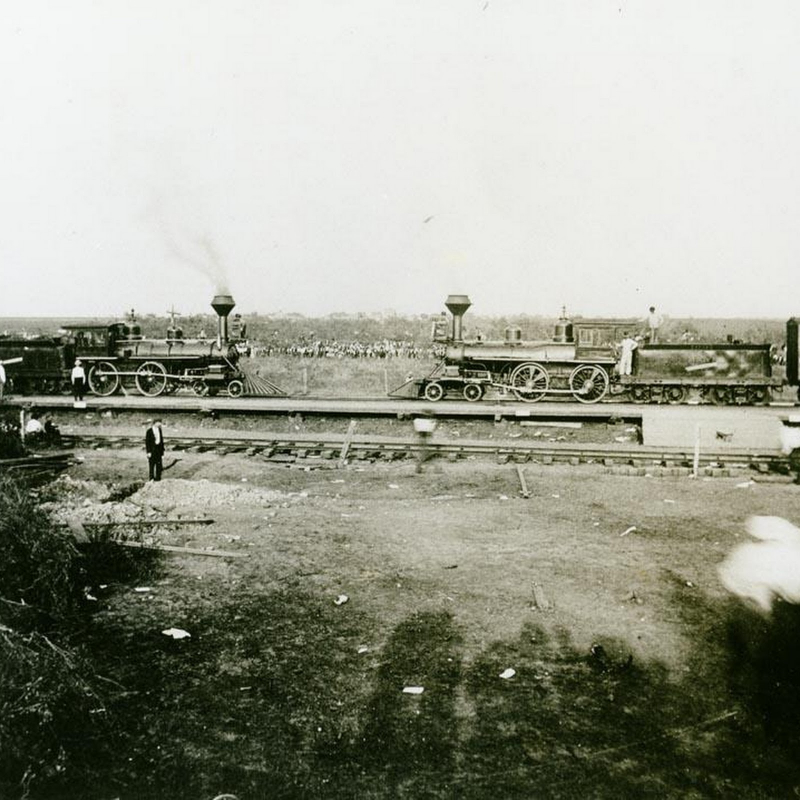
https://www.amusingplanet.com/ 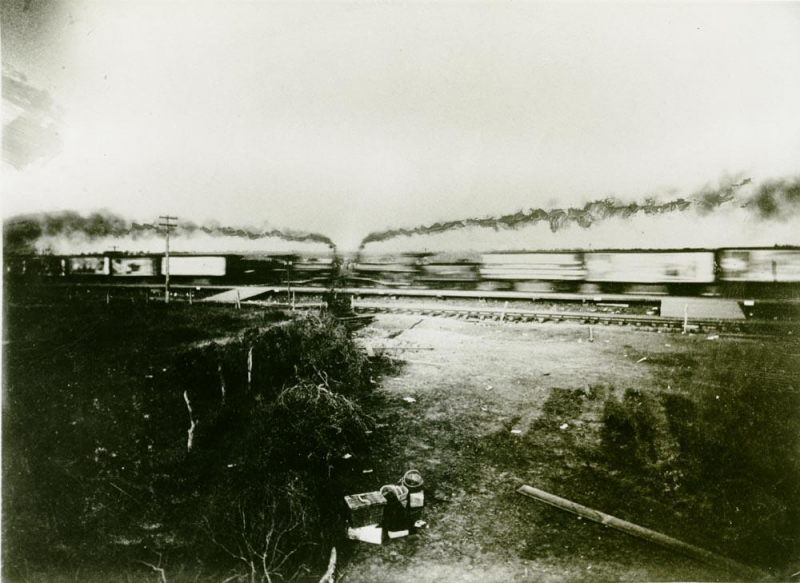
http://www.kwbu.org















